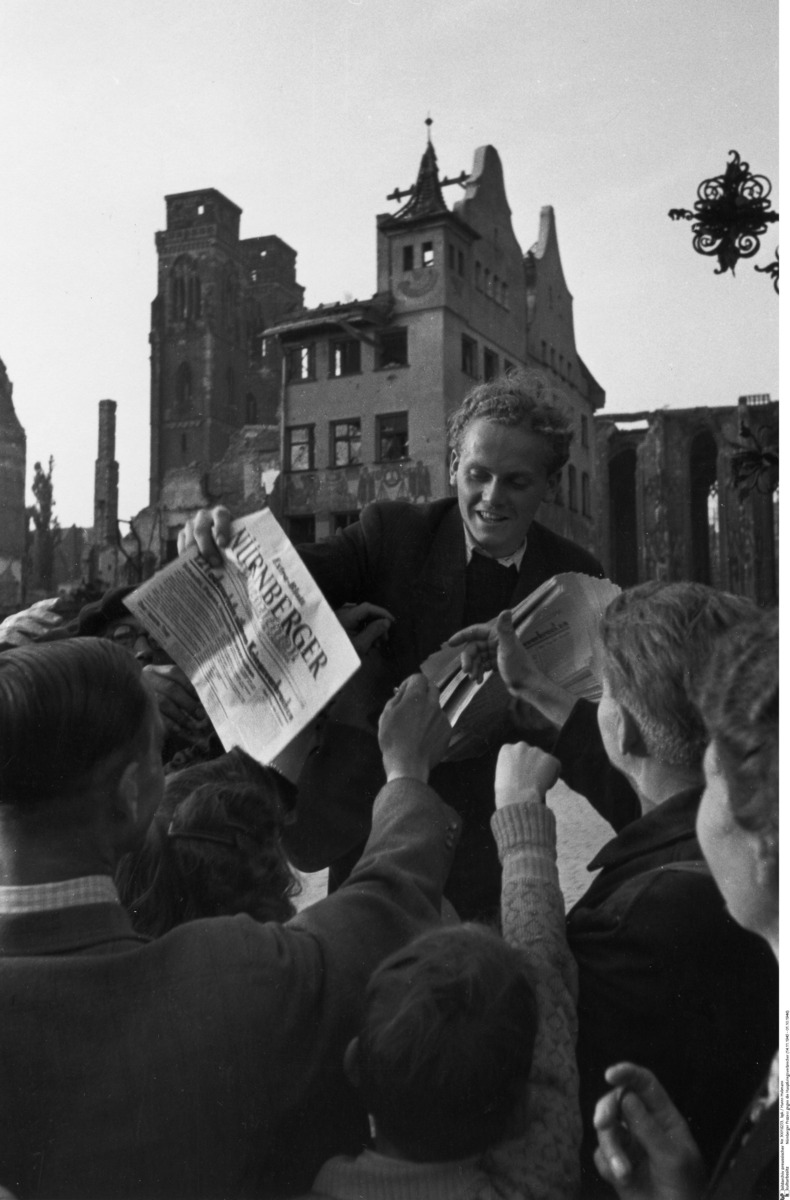Abstract
The Allies deliberately staged the news coverage of the Nuremberg
Trial of the major war criminals to ensure that it was perceived as a
media event and widely covered in the press, on the radio, and in
newsreels. As part of a policy of “re-education,” Germans were supposed
to be given as much information as possible about the criminal character
of the Third Reich and its leadership. Members of the public anxiously
awaited the verdicts in the trial of the major war criminals, but their
interest in the twelve later Nuremberg trials (of physicians, lawyers,
military men, members of the SS and police, industrialists, and
officials) dropped off significantly. Although many Germans recognized
Nazi crimes as such, anti-Semitic prejudices and sympathy for National
Socialism stubbornly persisted among some segments of the population,
and this posed a problem for denazification and its counterpoint,
“re-education.” The Allies soon moved from “re-education” to a policy of
“re-orientation” or “reconstruction,” in which denazification no longer
played a major role. Instead, exchange programs, the rebuilding of the
German education system, and economic aid were supposed to help win
Germans over to democracy.
In the picture, we see people clamoring for the special issue of the
Nürnberger Nachrichten from October
1, 1946. It contained the verdicts for the major war criminals.
